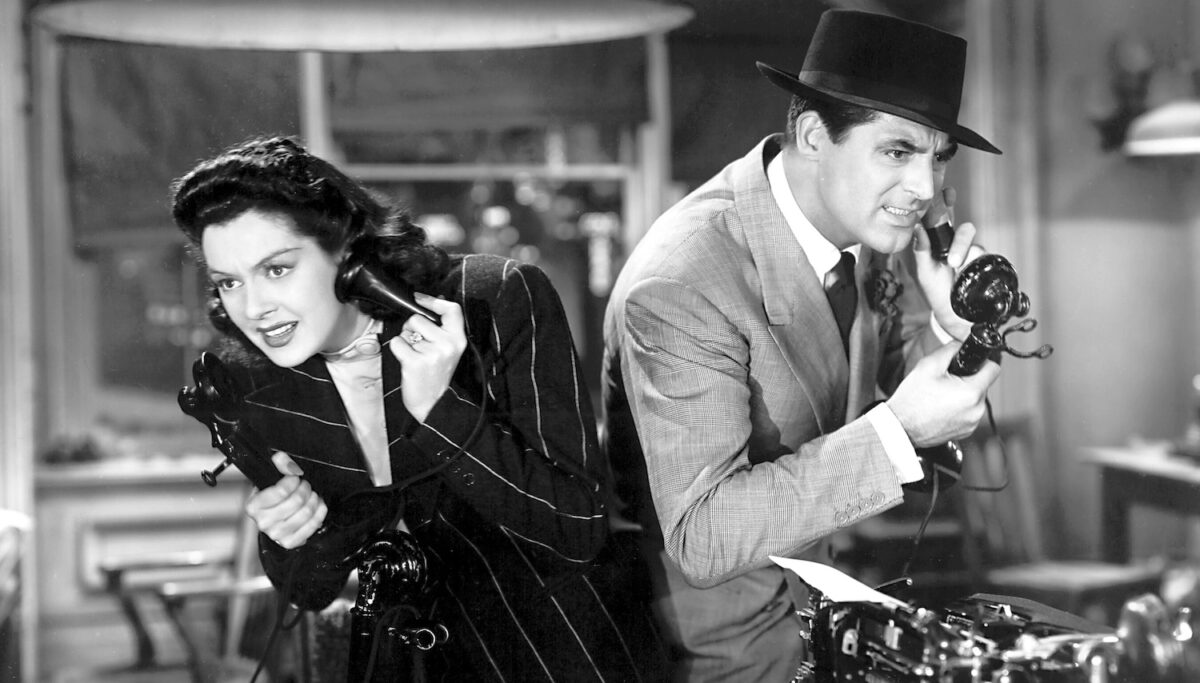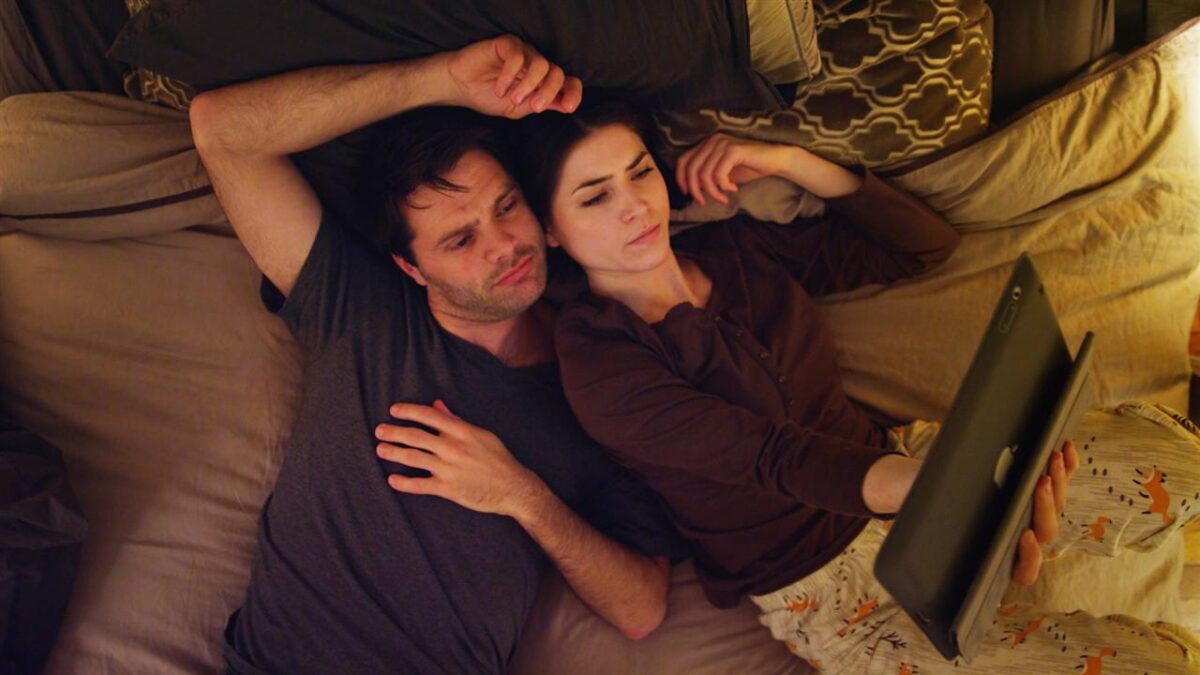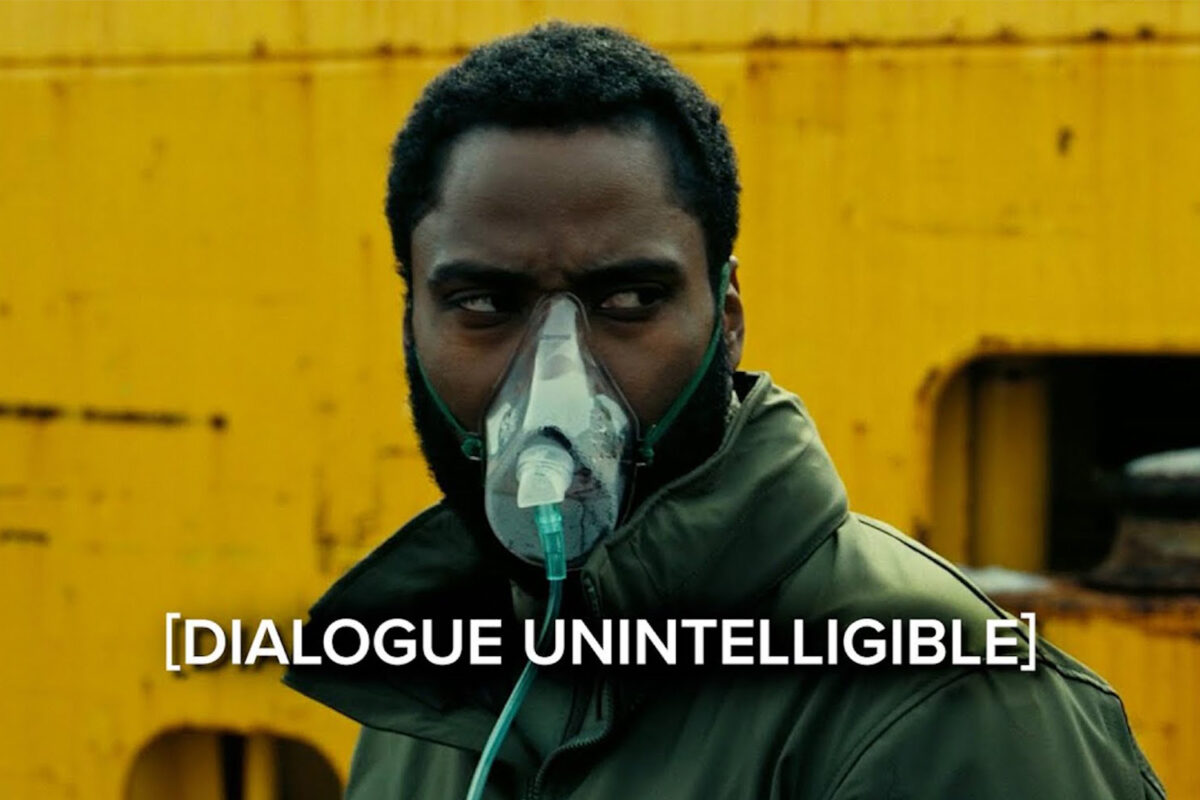Ever found yourself putting subtitles on more often these days whilst watching films or streaming your favourite series? You’re not the only one, it turns out…
Like most Gen Z film buffs, I personally can’t live without subtitles. Most of my friends are the same. But it’s not just a generational thing (although that definitely plays a part): it seems as if more and more movie lovers these days are reaching for the closed captions button.
The stats bear that out, too: Netflix recently shared the revelation that over 40% of their viewers regularly turn on the subtitles when watching movies or TV – a pretty huge number, considering how few of us are hearing impaired.
Speaking of hearing impairment, British charity Stagetext recently undertook research into the subtitle use of movie fans and found that despite being half as likely to suffer from hearing impairment than their middle-aged and elderly counterparts, 18 to 25-year-olds were almost four times as likely to turn on subtitles compared to older audiences.
So why do we love subtitles so much, and why do young people seem to like subtitles more?
The diversity argument

One theory as to why this happens is that Gen Z is simply better at reading subtitles: where older generations consider subtitles an additional stream of information they need (and struggle) to process, young people have become accustomed to constantly consuming text alongside video thanks to platforms like TikTok and YouTube, as well as an influx of international entertainment like the wildly popular Squid Games from South Korea.
What this doesn’t explain, however, is the increase in subtitle use across the board. One factor here is the increased diversity of people and accents on our screen, even within English-speaking movies and TV.
In the early 20th century, entertainers were a lot whiter and a lot wealthier than many today. Even when this wasn’t the case, Received Pronunciation or Transatlantic accents were demanded of anyone that stepped onto Golden Age sets.
These days, thanks in part to the rise of reality TV, there’s a much wider range of accents and voices on our screens, some of which are a little harder to make out than the excessively eloquent performers of the past.

Add into the mix that TV stars today are often left to wander around entire houses or cities as they film – rather than being confined to soundproof sets in purpose-built warehouses – and you’ll find that we’re asking a lot more of microphones than in the past.
Sound mixing has gotten harder
But surely, in this day and age, the technology has come far enough that we shouldn’t have to resort to subtitles every fifteen minutes? Well, yes and no. Microphones have come a long way in film’s hundred-year history, as have the mixing boards that editors use to mix all of that sound together.
On a big-budget movie, there can be up to 128 channels of audio in the mix at any one time. No matter how good the sound editor in question might be, that’s a lot of competing noise which all has to be finely tuned to create the epic soundscapes you’ve come to expect from the next Christopher Nolan flick or the Marvel Cinematic Universe.
However, the problem isn’t in the studio. As RMIT University lecturer Ben Byrne points out, it’s actually due to a “disjunct between production processes […] and the many different devices people use to watch and listen.”

Film studios spend hundreds of thousands of dollars making sure that their movies are going to sound just perfect on the surround sound systems provided at premieres and cinemas, but what many don’t account for is the way most of us really watch these things: on our home TVs, laptops, and increasingly, on our phones.
No matter how good the movie, no matter how good the mix, your tinny little phone speaker just isn’t going to do it justice. We can’t be blamed for our changing viewing habits, but until cinema-quality sound is readily available in every home and on every device, we’re left with very little choice.
All we can do is switch on the subtitles and wait for the moviemakers to cotton on.
